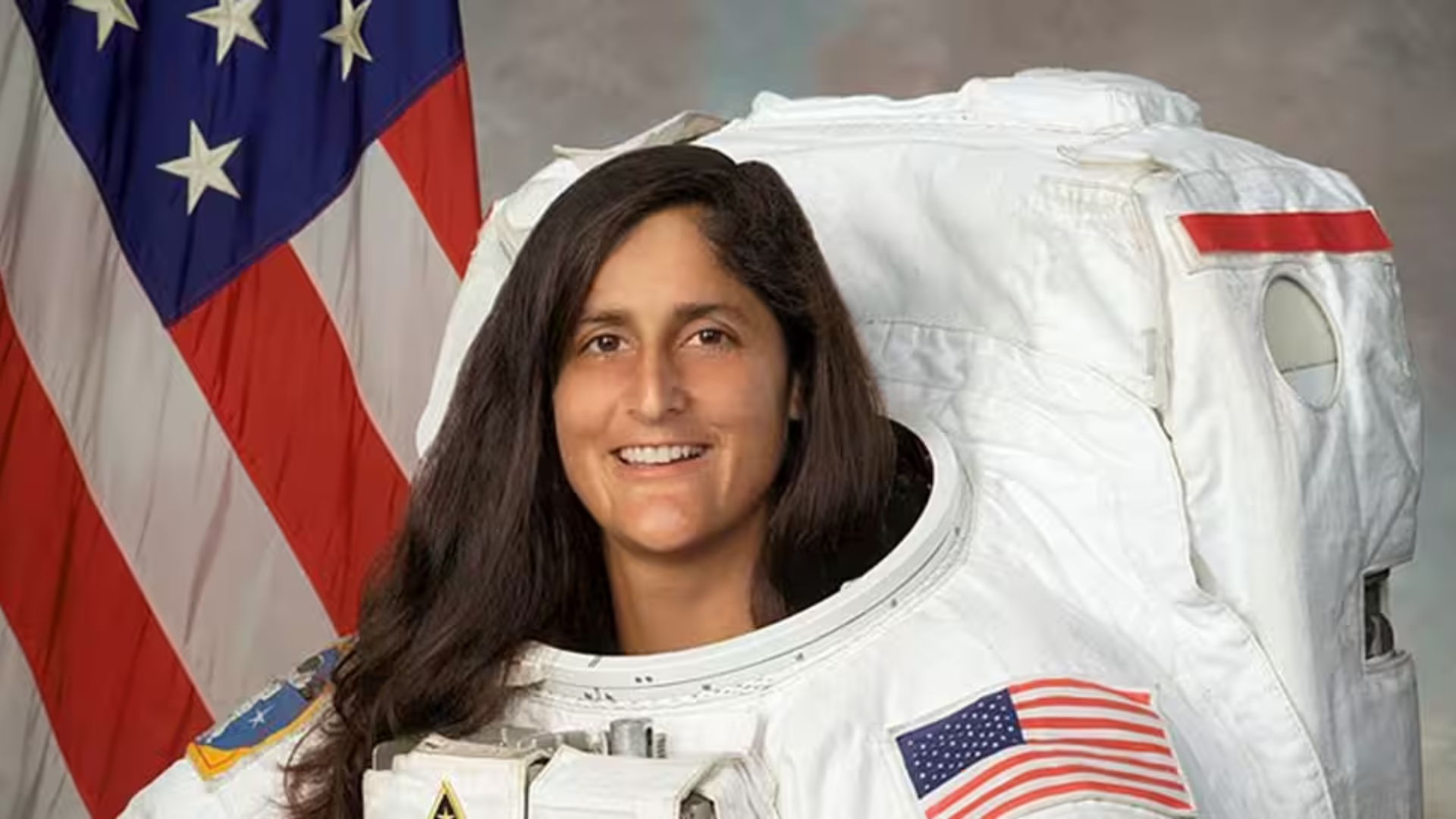The first crewed test flight of Boeing’s Starliner spacecraft initially planned to last only days, now faces an uncertain return schedule. With two astronauts onboard, including Indian-origin Sunita “Suni” Williams, NASA is contemplating extending the mission duration from 45 days to 90 days.
Steve Stich, NASA’s Commercial Crew Program manager, indicated that the US space agency is considering this extension to allow more time for necessary tests and data review. The Starliner, which encountered issues with helium leaks and thruster malfunctions en route to the International Space Station (ISS) in early June, is deemed safe for the astronauts onboard.
During a briefing, Stich mentioned, “We’re just looking at the timeline to execute [the test in New Mexico] and then review the data,” adding that determining a landing date depends on this review process. He emphasized, “We’re not in a rush to come home.”
Part of the desired mission extension involves ground tests in New Mexico to investigate why some of the Starliner’s thrusters failed during the journey. Mark Nappi, Boeing’s vice president and program manager for the Commercial Crew Program, noted that understanding these issues while the spacecraft is still in orbit is crucial. “If the test in New Mexico gives us all the answers, then we can just undock and come home,” he explained. “If it comes back with 80% of the answers and we need one more docked hot fire test in orbit, we want the Starliner to be there to get that information.”
Meanwhile, astronauts Williams and Butch Wilmore have integrated with the ISS crew, performing routine tasks. Despite the thruster issues and helium leaks in the Starliner’s service module, NASA and Boeing opted to keep the spacecraft docked at the ISS to gather more data.
NASA is still assessing whether to extend the mission to 90 days. Stich mentioned that the Starliner’s battery life needs to be cleared for this extended duration, although the batteries are currently being recharged at the ISS.
The aerospace industry frequently faces delays and cost overruns, but Boeing has encountered notable challenges, especially when compared to SpaceX’s Crew Dragon, which has been successfully conducting missions since its first test flight in 2020.
In the latest update, the ISS crew has been busy with various tasks, including preparing for the Cygnus space freighter’s departure on July 12. NASA’s astronauts have been involved in reconfiguring space botany facilities and conducting eye exams to study the effects of microgravity on vision.
NASA and Boeing continue to evaluate the Starliner’s propulsion system performance before planning its return to Earth. A media teleconference was held to discuss the current status of the Starliner and ISS operations.
NASA is also targeting the end of July for the next spacewalk, allowing ground teams to troubleshoot and understand a water leak issue that cut short a previous spacewalk.
The Expedition 71 crew, including NASA and Roscosmos astronauts, are engaged in various research and maintenance activities aboard the ISS, contributing to the ongoing success of the mission.





















